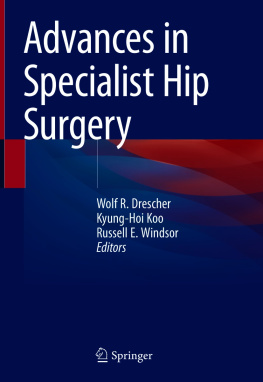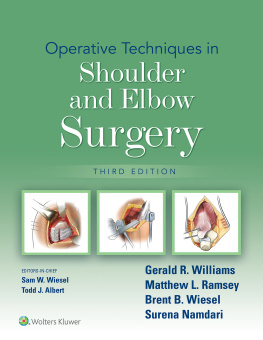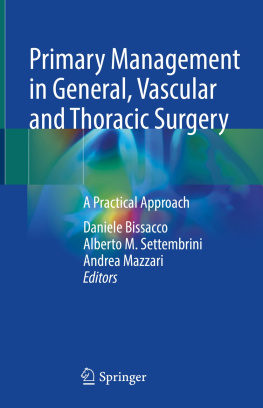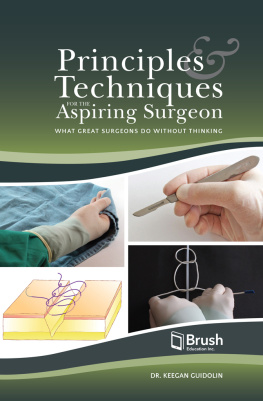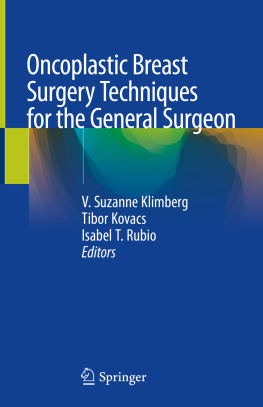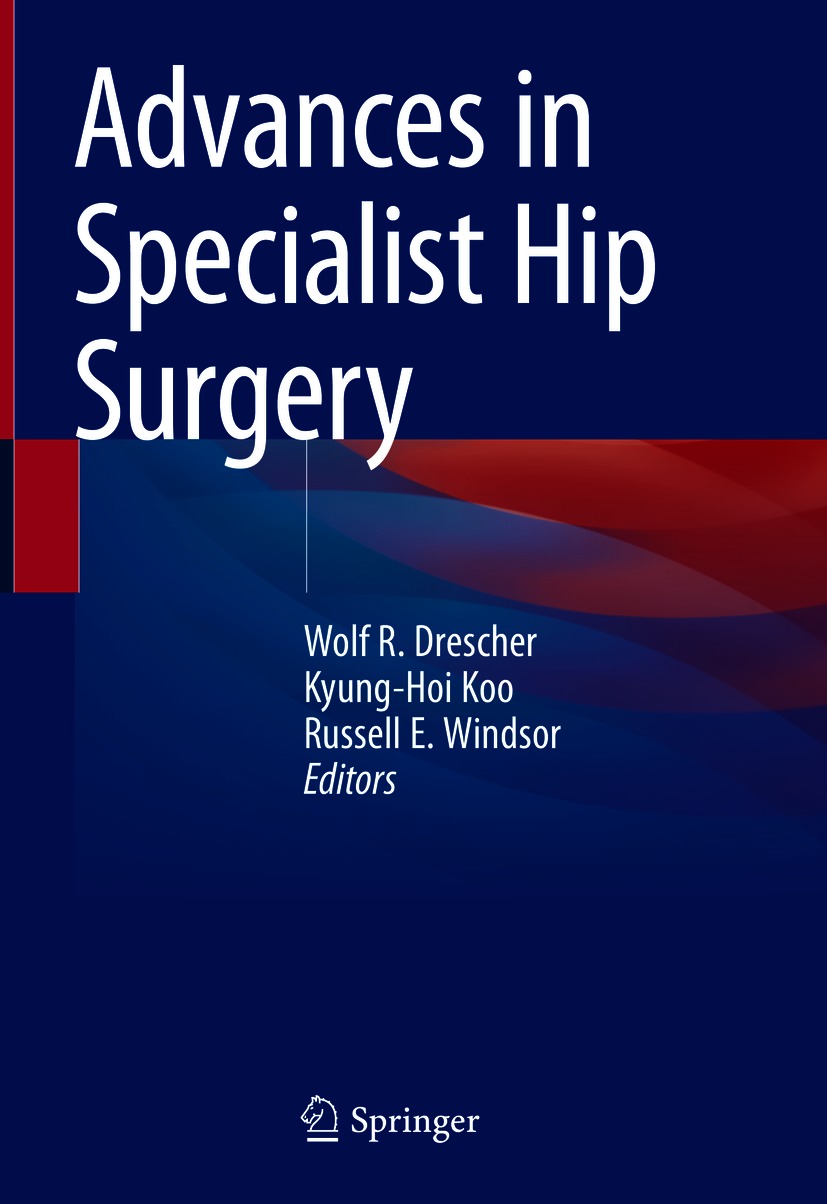Editors
Wolf R. Drescher , Kyung-Hoi Koo and Russell E. Windsor
Advances in Specialist Hip Surgery
1st ed. 2021

Logo of the publisher
Editors
Wolf R. Drescher
Department of Orthopedics, RWTH Aachen University Hospital, Aachen, Germany
Orthopedic Surgery of the Lower Limb and Arthroplasty, Rummelsberg Hospital, Schwarzenbruck, Germany
Kyung-Hoi Koo
Department of Orthopaedic Surgery, Seoul National University Bundang Hospital, Seongnam, South Korea
Department of Orthopedic Surgery, Seoul National University College of Medicine, Seoul, South Korea
Russell E. Windsor
Orthopaedic Surgery, Hip and Knee Replacement, Hospital of Special Surgery, New York, NY, USA
ISBN 978-3-030-61829-2 e-ISBN 978-3-030-61830-8
https://doi.org/10.1007/978-3-030-61830-8
Springer Nature Switzerland AG 2021
This work is subject to copyright. All rights are reserved by the Publisher, whether the whole or part of the material is concerned, specifically the rights of translation, reprinting, reuse of illustrations, recitation, broadcasting, reproduction on microfilms or in any other physical way, and transmission or information storage and retrieval, electronic adaptation, computer software, or by similar or dissimilar methodology now known or hereafter developed.
The use of general descriptive names, registered names, trademarks, service marks, etc. in this publication does not imply, even in the absence of a specific statement, that such names are exempt from the relevant protective laws and regulations and therefore free for general use.
The publisher, the authors and the editors are safe to assume that the advice and information in this book are believed to be true and accurate at the date of publication. Neither the publisher nor the authors or the editors give a warranty, expressed or implied, with respect to the material contained herein or for any errors or omissions that may have been made. The publisher remains neutral with regard to jurisdictional claims in published maps and institutional affiliations.
This Springer imprint is published by the registered company Springer Nature Switzerland AG
The registered company address is: Gewerbestrasse 11, 6330 Cham, Switzerland
Foreword
Hip Replacement was successfully developed in Europe over 60 years ago and was quickly adopted throughout the world over the next decade. As the early success from total hip replacement was so encouraging, many other operations and treatment interventions around the hip including osteotomy and debridement were abandoned or greatly reduced. Fast forward to today we now recognize that both arthroplasty and non-arthroplasty procedures have a place in the armamentarium of the surgeon treating hip conditions. Advances in Specialist Hip Surgery is published at an opportune time in the present state of hip surgery. Just as surgeons in Europe and throughout the world specialized their practices to knee surgery several decades ago, somewhat corresponding to the success of knee arthroscopy, today more surgeons throughout the world have confirmed their practice to hip surgery, somewhat related to hip arthroscopy, the resurgence of hip osteotomy, and the development of biologic solutions for hip disease.
Wolf Drescher and his editors have assembled experts in every aspect of hip surgery throughout the world to compose Advances in Specialist Hip Surgery. The authors have comprehensively covered the gamut of treatment options for patients of all ages and all conditions of the hip. Preservation surgery is presented in three detailed sections. These include maturity disorders of the hip, arthroscopy of the hip, and two comprehensive sections on the treatment of osteonecrosis. The primary hip replacement section includes up-to-data information on all bearing surface options used in different proportions of cases throughout the world. An excellent example is the use of ceramic-on-ceramic bearings, which are uncommonly used in some countries and extensively used in others. Intraoperative strategies for accurate component placement are described in detail. In the revision hip section, new technologies in bone ingrowth enhancement and a comprehensive description of all the treatment options for femoral and acetabular bone loss are presented.
The editors should be applauded for developing a text with the toolbox of options available to these surgeons who confine their practice to hip surgery but also for any surgeon treating patients with hip disease whether it be in high or low volume practice. Advances in Specialist Hip Surgery will provide solutions for surgeons and their patients through this global perspective.
John J. Callaghan
Iowa City, IA, USA
Preface
The idea for this book was developed by the underwriting editors during the Biannual meeting of the ARCO (Association Research Osseous Circulation) October 2017 in Berlin. The aim was first to present the current knowledge about femoral head necrosis to the broader international community of hip surgeons. Furthermore, the idea was to present the very current developments in the field of hip joint surgery.
This book describes current and emerging techniques in hip surgery, providing the essential, up-to-date knowledge that will be required by the orthopaedic surgeon who plans to become a specialist hip surgeon. The opening chapter offers a concise overview of the surgical anatomy, with particular attention to details relevant to the surgical techniques outlined in the book. The authors believe that a concise knowledge of the anatomy is key to successful surgery, and key to the advancement of existing surgical techniques as well as the development of new surgical approaches and techniques. The increasingly popular anterior minimally invasive approach to the hip and a microinvasive variation of this approach are then described. Subsequent chapters present surgical approaches to developmental disorders of the hip, including dysplasia and femoroacetabular impingement. Avascular necrosis of the hip is an often neglected but internationally relevant disease that can mutilate the hip in young patients. Therefore, this book contains one chapter on the state-of-the-art diagnostics and treatment of this disease. Finally, the latest techniques and implants for primary and revision hip arthroplasty are discussed in depth. The international author team consists of recognised leaders in the field, many of whom have developed the classifications presented and new surgical techniques.
The current knowledge in specialised hip joint surgery starting with joint preserving osteotomies in childhood and in the younger adult is presented in this book. Serving at a large orthopaedic hospital with several decades of tradition allows the surgeon to observe long-term results of procedures performed in childhood. For example, patients who were treated by Professor Heinz Wagner at Rummelsberg Hospital are today seen by one of the signing editors (W.D.). Wagners techniques have shown to preserve hip joints for three or more decades before they now need hip joint replacement. This is very strong evidence and a strong argument to preserve and advance the knowledge about osteotomies, impingement surgery, cell therapy, and other preserving techniques for the coming generations of hip joint specialist surgeons.

